4×100 mm or 3×125 mm: Which set-up for which type of skater?
Speed skating is a real equipment race... Skaters are always looking for better equipment, the one that will enable them to gain a few seconds on their reference times, to better absorb rough surfaces, to follow the guys at the club, but how to find the optimal set-up? Answers...
Par alfathor
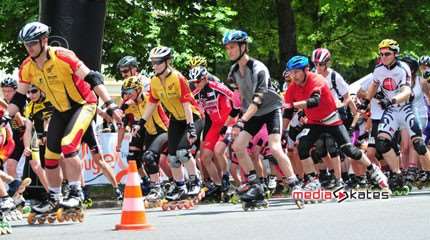
Choose your setup
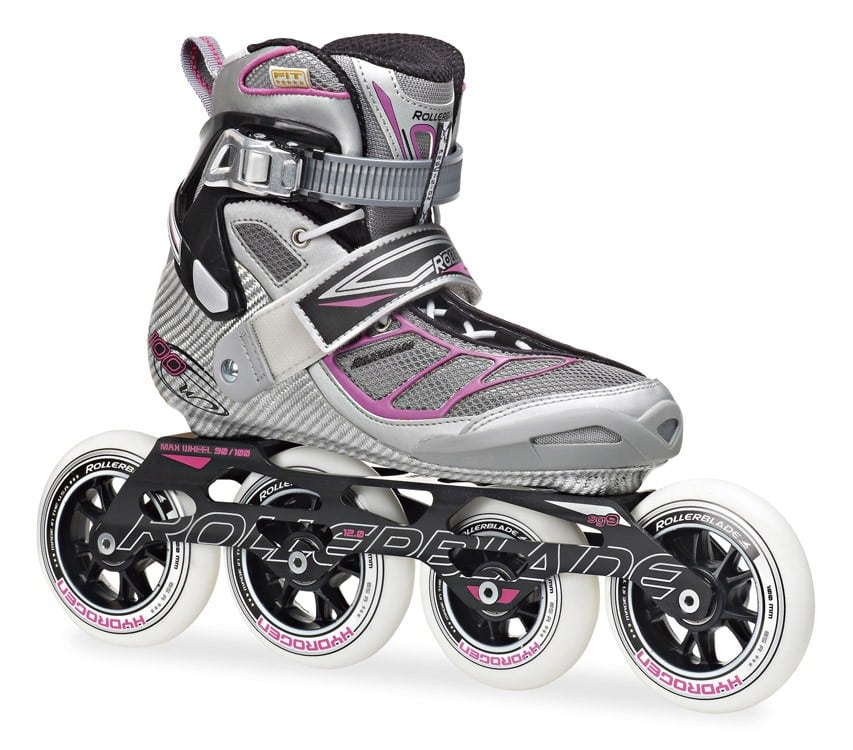 We don’t follow all the same objectives: staying fit, competing, crossing a country…
We don’t follow all the same objectives: staying fit, competing, crossing a country…
You should find the set-up that’s best for you, taking into consideration your technical level, your gender, your body type, your power and your budget.
In order to do so, you should determine first which skater-type you are!
A few basic principles:
- The smaller you are, the more you feel the size of the wheels
- The taller you are, the the less you feel the size of the wheels
- The taller and more powerful you are, the easier the handling of big diameters
- A light skater goes uphill more easily… A heavier skater is more at ease downhill
- If you are in a hilly area, keep a medium diameter to go uphill more easily
- The less technique you have, the higher the boots, the shorter the frames and the smaller the wheel diameters you need
- The more technique you have, the bigger you can get in wheel diameter and frame length
Our tip
Don’t be obsessed with buying the latest high-range skates if your technical level isn’t on top. This could even put you off skating.
The biggest mistake is to opt for too big diameters or too low boots while your ankles are not muscled enough or you still haven’t perfectly nailed the stride/push technique… There’s a good chance that your performances won’t be as good as with your fitness skates, and that you hurt your feet with the carbon boots if you skate on the inside edges, the skates will only emphasize your flaws. Don’t forget that skating is about enjoying yourself above all!
A few examples of skater-types
I occasionally do endurance
>> rather 100 mm
If, for you, skating is a sport supplement to another physical activity, in order to keep fit, without any competition objective, a high-boot model with a 4×100 mm wheel set-up could be just right for you. Brands offer many standard models with those diameters.
You’ll get both the comfort of a fitness skate and the good rolling of big wheels, without needing much skating technique.
I regularly do long distance skating
>> 3×100 mm or 3×100/1×100 mm
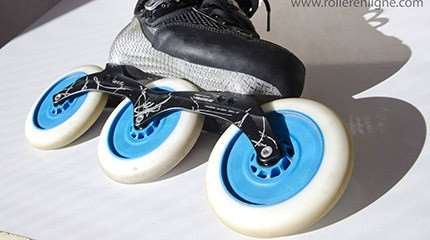 Endurance skating is your main sport, and you like to do weekly outings of 20 to 50 km. You can set up a 3×100 mm or a 3×110/1×100 mm frame on your speed/fitness boot. You’ll improve your rolling, getting feelings close to those conveyed by a 4×110 mm set-up, but more stable with a lower center of gravity.
Endurance skating is your main sport, and you like to do weekly outings of 20 to 50 km. You can set up a 3×100 mm or a 3×110/1×100 mm frame on your speed/fitness boot. You’ll improve your rolling, getting feelings close to those conveyed by a 4×110 mm set-up, but more stable with a lower center of gravity.
Warning: Most 3×110 mm frames have a 165 mm interaxial distance whereas other frames have a 195 mm distance, make sure your boot is compatible!
I do intensive long distance skating
>> 4×110 mm or 3×125 mm
You skate more that 50 km per week at training, you’re not afraid of taking up long distance skates several days in a row at a rate of 80-100 km/day, a 4×110 mm set-up will lead you (almost) everywhere.
The 3×125 mm will be particularly interesting if you skate on rather flat areas, without breaks of pace, and long straight lines.
If you go in the mountains, we d’ advise you to go for a simple 3×110 mm customized set-up that will be far easier to handle.
I’m a speed skating competitor on track and road circuit
>> rather 4×110 mm
It’s the current dominant diameter on all distances in competition, even if the 3×110/1×100 mm is still a common set-up in the women’s category. The 3×125 mm isn’t (yet) officially authorized on competitions today.
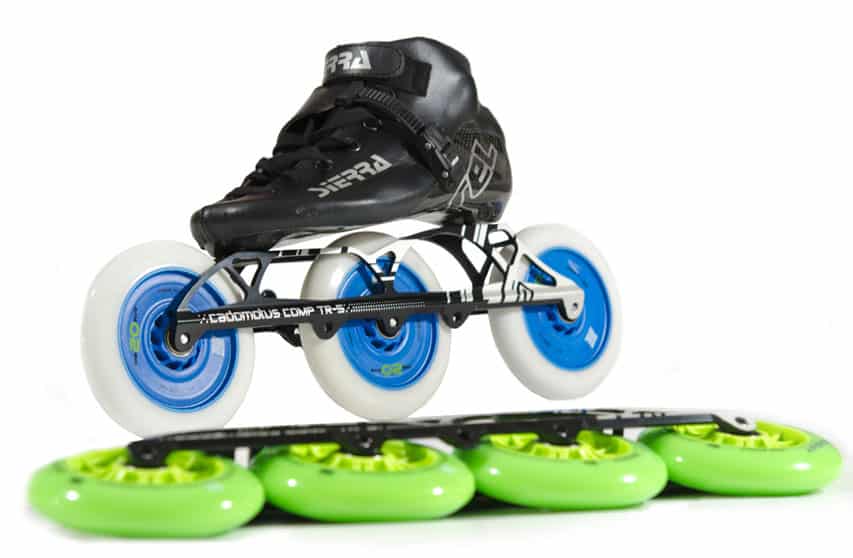
I’m a competitor on road and marathon
>> 4×110 mm or 3×125 mm
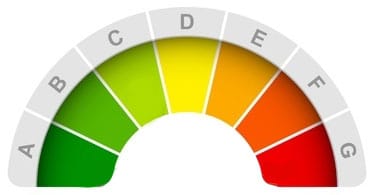 If you don’t take part in a national or international competition supported by the FIRS (International Federation of Roller Sports), you get the choice of weapons! The 3×125 mm is tolerated on some marathons.
If you don’t take part in a national or international competition supported by the FIRS (International Federation of Roller Sports), you get the choice of weapons! The 3×125 mm is tolerated on some marathons.
The 4×110 mm is better for speed ups and pace changes, whereas the 3×125 mm is more suitable for linear races, where you can swallow up the miles without interruption.
A summary chart?
Warning: Those data are subjective and based on personal experience only. The goal of the chart is to give starting points for reflexion according to your needs and lay the foundations of compromises.
Your opinion may differ!
| 4×100 | 3×110 | 3×110 et 1×100 | 4×110 | 3×125 | |
| Weight (wheels / screws / frame) | B | A | C | F | E |
| Theoretical rolling | E | D | C | B | A |
| Comfort on rough surface | D | C | C | B | A |
| Handling | A | AB | B | D | F |
| Technical level needed | B | B | C | E | F |
| Power needed | A | A | C | E | E |
| Speed up ease | B | A | C | D | E |
| Maximum speed | E | D | C | B | A |
| Breaking time | B | BC | C | E | G |
| Wheel price | B | B | CD | DE | F |
| Frame price | A | B | C | D | D |
| Relief management | B | AB | C | D | E |
Links
What type of roller-skates will suits you ?
How to choose skates when you are a speed-skating beginner?
Choosing your long distance skates
110 mm: stresses placed on muscles and joints
Translation: Chloe Seyres
Photos : all rights reserved
